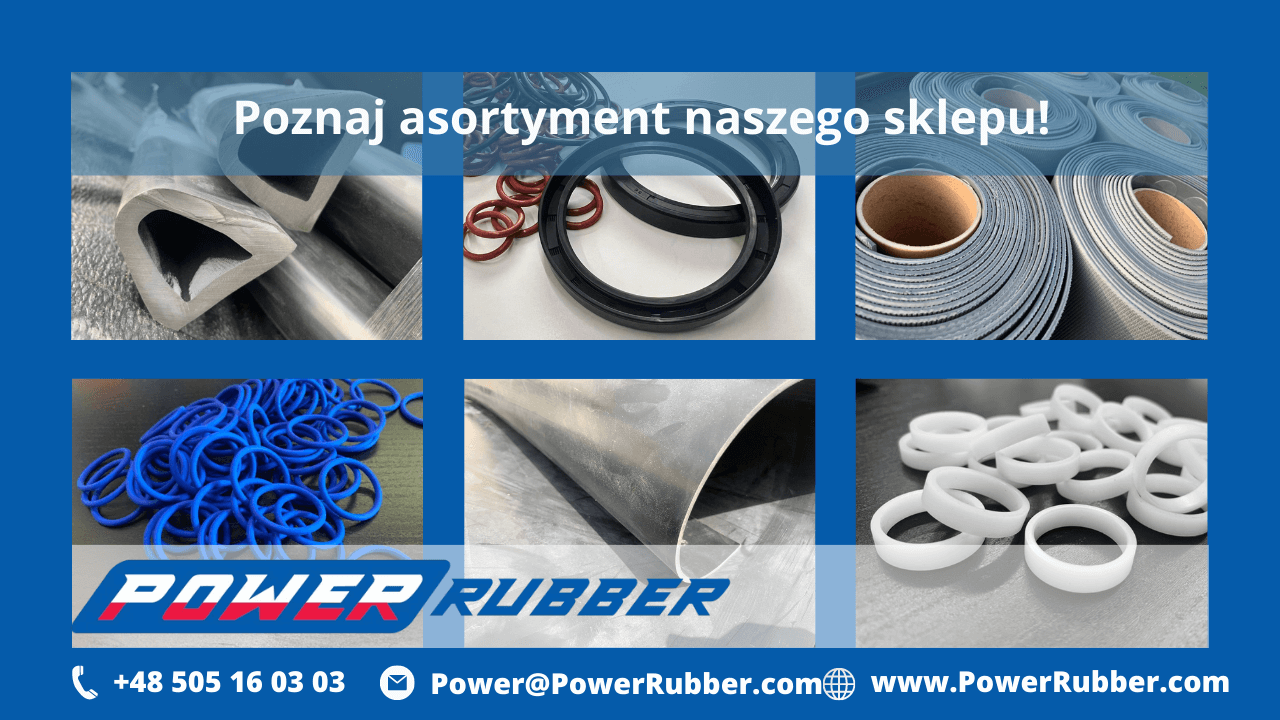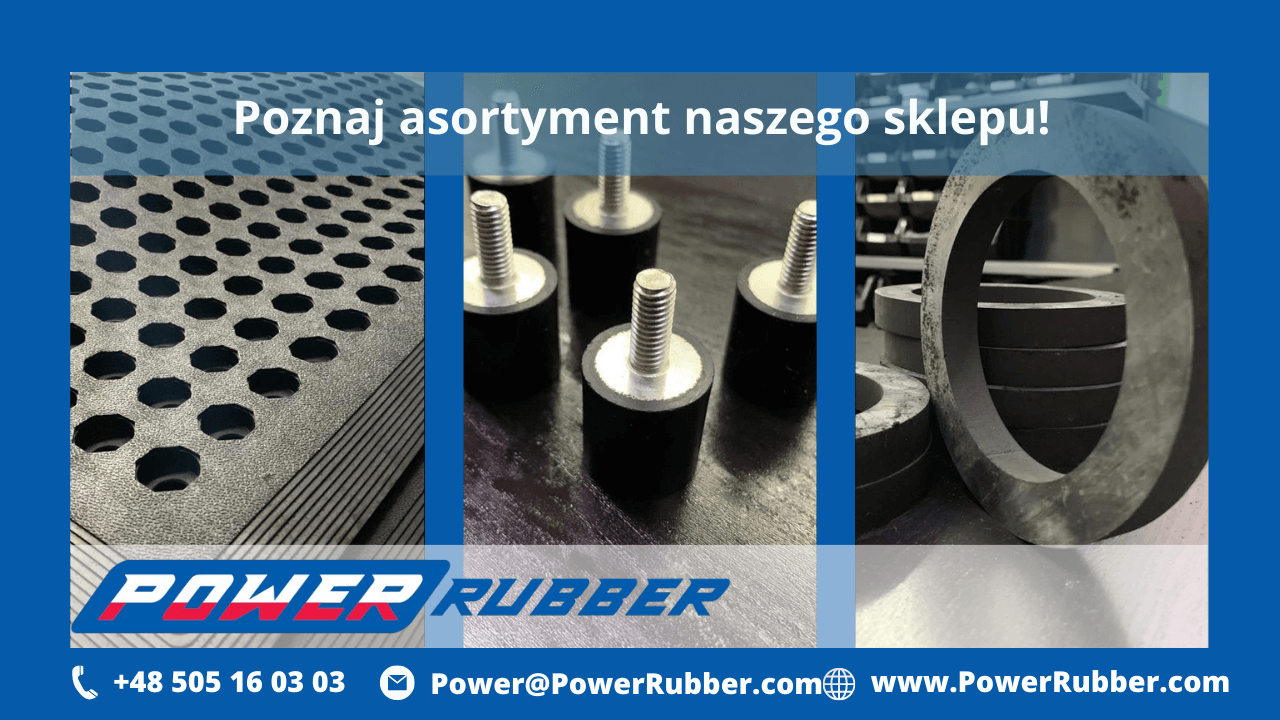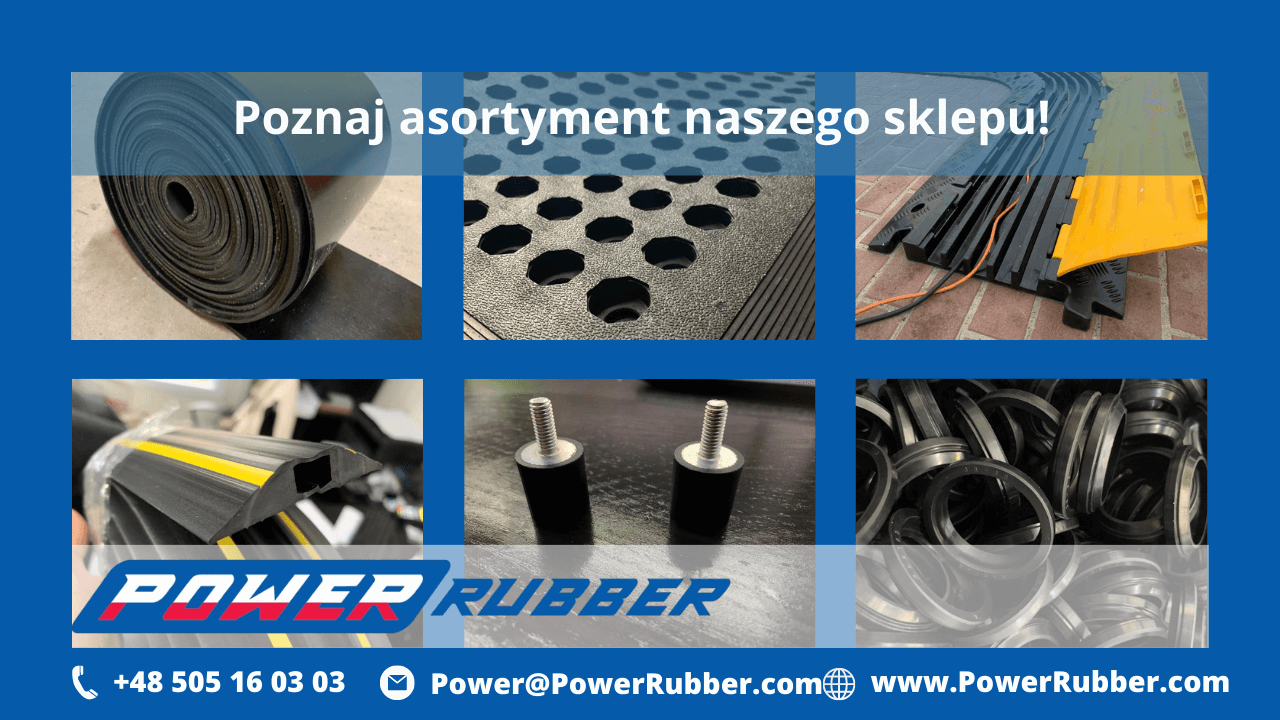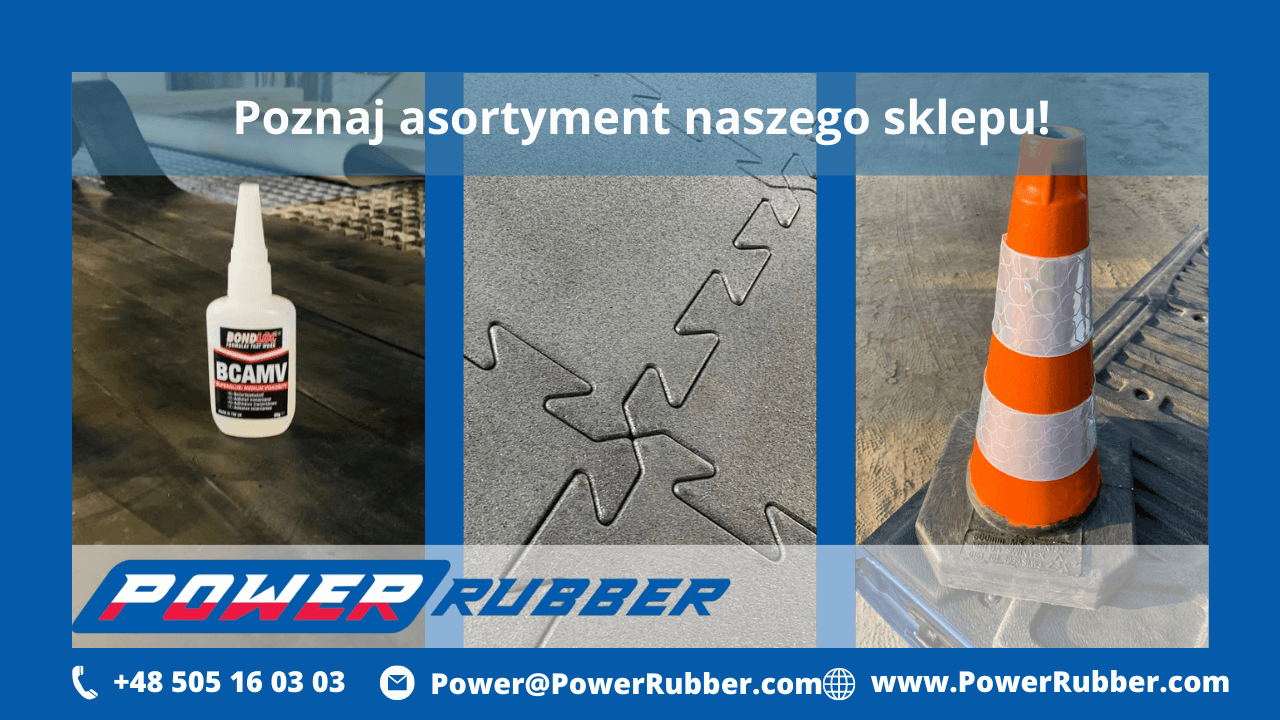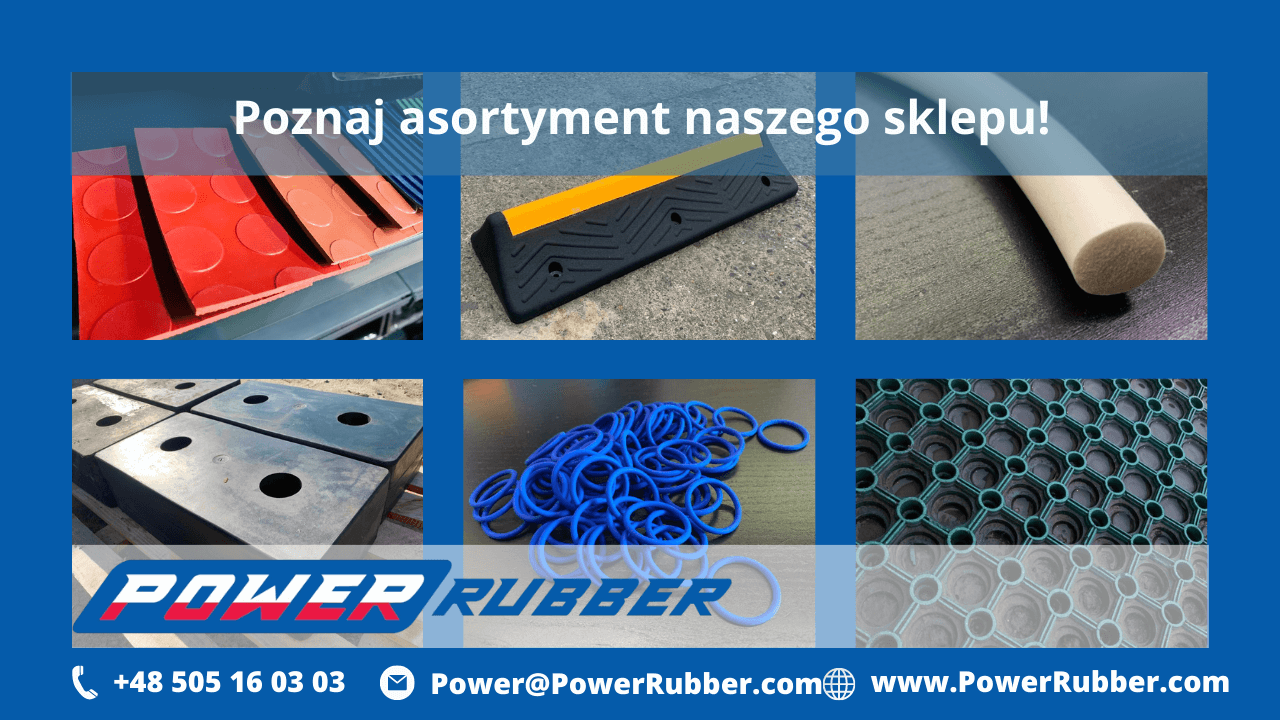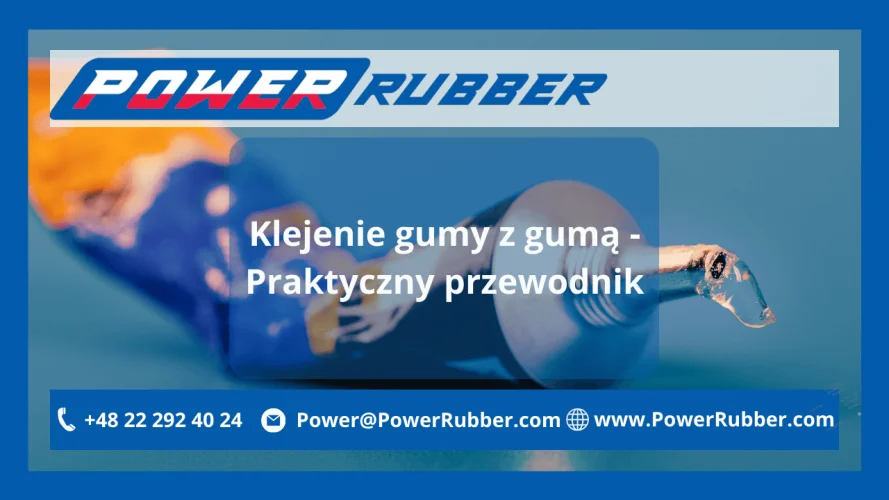How to Effectively Bond Rubber to Rubber and Other Materials
What Determines the Success of Rubber Bonding?
Bonding rubber to rubber—or rubber to other materials—depends on several key factors: the material type, surface preparation, temperature, and humidity. Many industrial users often ask: “What’s the best adhesive for rubber?” In this practical guide, we answer that question with clarity.
How to Choose the Right Adhesive for Rubber
Rubber is a versatile material used across multiple industries in the UK—from construction, transport, and medical equipment to food processing, consumer goods, automotive, and agriculture. When bonding rubber to rubber or substrates like plastic, glass, metal, or wood, the choice of adhesive is crucial.
Selecting an incompatible adhesive may result in poor adhesion—or even damage the material. For high-performance rubber bonding, start by identifying the type of rubber:
-
Nitrile rubber (NBR) – seals, garden hoses, O-rings, conveyor belts, cable jackets
-
EPDM rubber – automotive hoses, seals
-
Silicone rubber – O-rings, medical components, kitchenware, oven seals
-
Natural rubber (NR) – gaskets, washers
-
Butyl rubber (IIR) – inner tubes, seals, industrial safety parts
Surface Preparation for Rubber Bonding
Regardless of rubber type, pre-clean the surface thoroughly—use isopropanol, for example—to remove oils, release agents, or adhesive residues. Proper cleaning is essential for achieving strong and reliable bonds.
What to Look for in a Rubber Adhesive
Ideal adhesives for rubber should feature:
-
High adhesive strength
-
Mechanical durability
-
Weather resistance
-
Flexibility to accommodate movement
-
User-friendly application
-
Fast setting time
-
Clear formula for neat finishes
-
Long-lasting hold
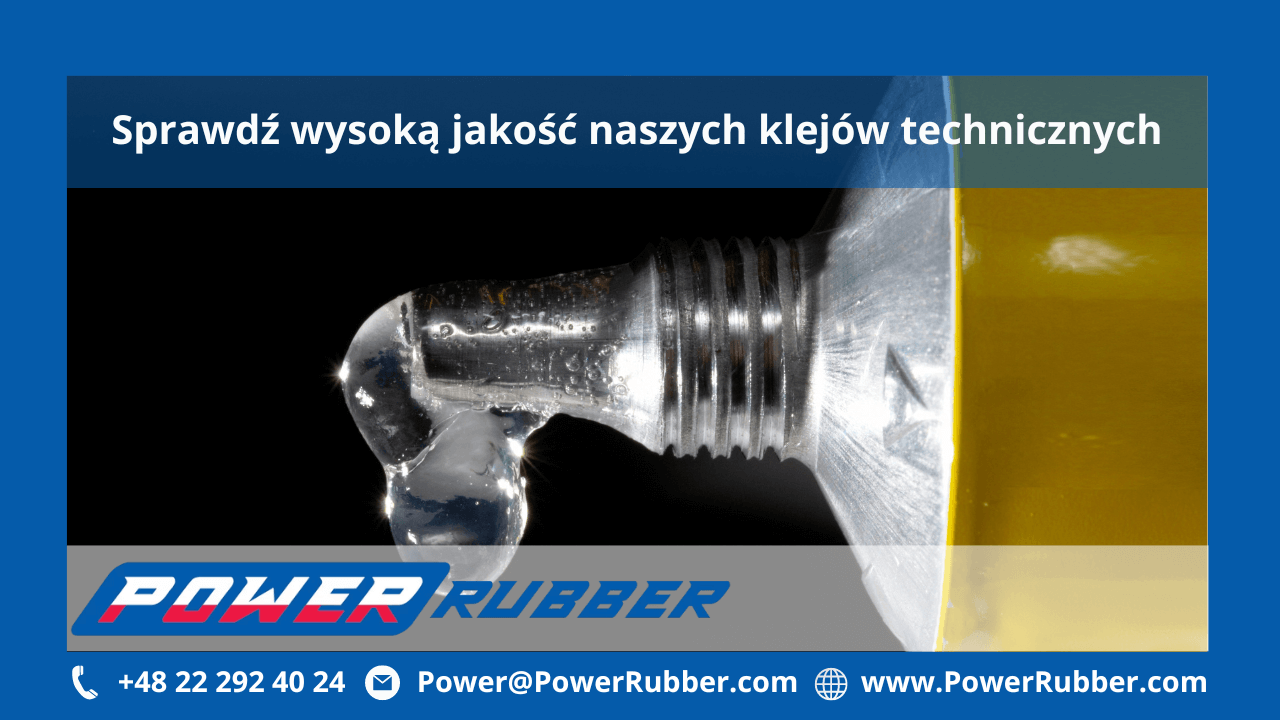
Best Adhesive for Rubber-to-Rubber
The top choice is cyanoacrylate adhesive (commonly known as “Super Glue”). Just a small amount will create a strong, fast-setting rubber bond.
-
Cyanoacrylate (CA) glue – single-component, no mixing or heating needed
-
Cures instantly on contact with moisture
-
Drying time: 5–20 seconds
-
Full cure: 12–24 hours
-
Accelerators can speed up curing and reduce residue
-
Works well on rubber, metal, plastic, and ceramics
Using an Adhesive Activator
A CA adhesive activator speeds up curing and boosts adhesion—especially useful for low-porosity substrates like plastic or passive metals. It also prevents surface bloom and ensures clean bonding results.
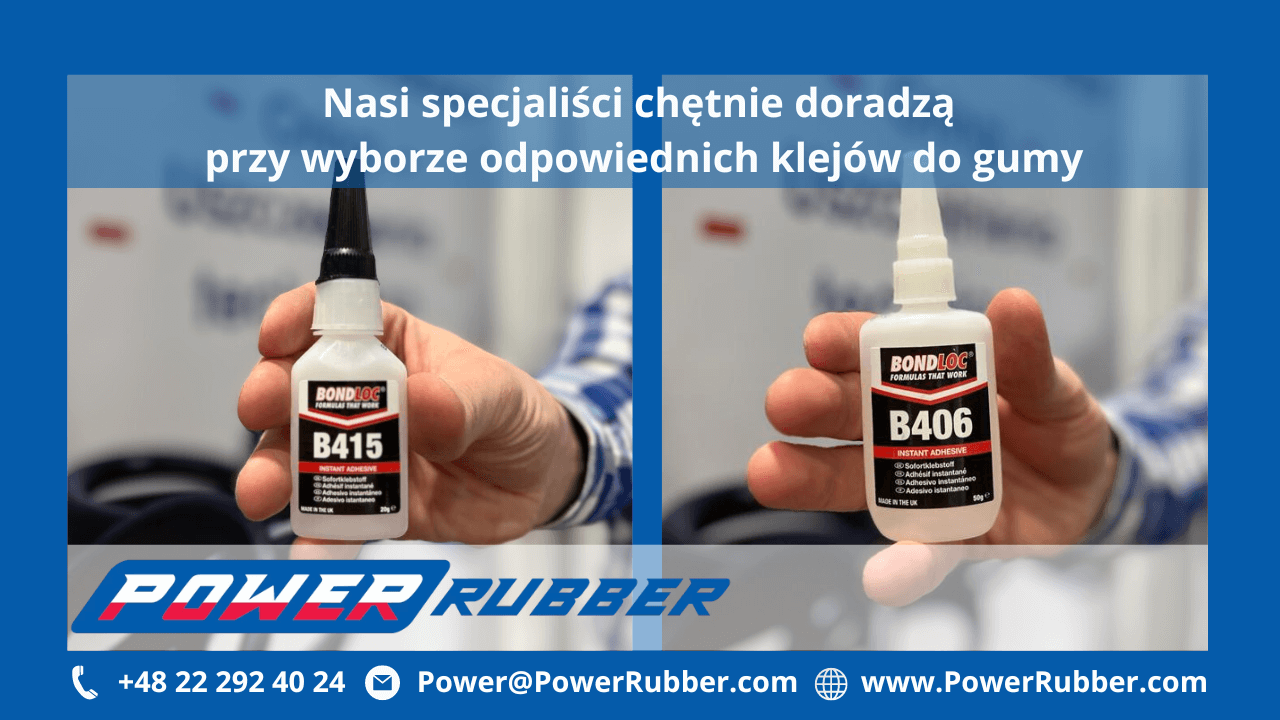
Advantages of Cyanoacrylate Adhesive for Rubber
-
Weather and chemical resistance
-
High strength and fatigue tolerance
-
Quick cure at room temperature
-
No mixing—one-component application
-
Easy to use with precise control
-
Flexible joints that mimic rubber’s resilience
-
Minimal adhesive use with aesthetic, invisible joints
-
Compatible with a wide range of materials
For small parts such as rubber seals, CA glue is ideal. For larger surfaces, consider solvent-based adhesives or urethane-based glues.
Bonding Silicone Rubber
Silicone is difficult to bond due to low surface energy. Recommended options:
-
1K moisture-cure adhesives (longer cure time)
-
2K platinum-cure adhesives (fast, strong bonds)
-
CA glue with primer for better adhesion
How to Apply the Adhesive Properly
-
Clean the rubber surface thoroughly
-
Apply a thin layer of adhesive
-
Align the surfaces and press firmly (use clamps if needed)
-
Allow time for curing (from seconds to hours depending on product and environment)
-
After full cure, verify the strength of the bond
Bonding Rubber to Other Materials
Rubber to Metal
Use polyurethane adhesives or 2-component adhesives for flexible and durable bonds.
Rubber to Wood
Fast-curing 2K CA adhesives are weather-resistant; wood porosity must be considered.
Rubber to Plastic
CA adhesives are effective on plastics like polypropylene, polyethylene, and PTFE—also works on silicone rubber.
Rubber to Leather
PU-based contact adhesives work well with both natural and synthetic leather—ideal for footwear repairs.
Rubber to Fabric
Choose neoprene-based or non-penetrating fabric adhesives; avoid silicone or epoxy glues.
Rubber to Concrete
A challenge best addressed with flexible polyurethane adhesives that withstand weathering.
Power Rubber’s High-Performance Adhesives
At Power Rubber, we offer fast-acting technical adhesives that ensure strong rubber bonding across various applications. Our range includes rapid-setting products ideal for situations exposed to chemicals or harsh conditions. With full strength achieved in 12–24 hours, they're also easy to apply.
Need advice or help finding the right adhesive?
Contact us in the UK at 022 292 40 24 or 050 516 03 03, or email Power@PowerRubber.com.
